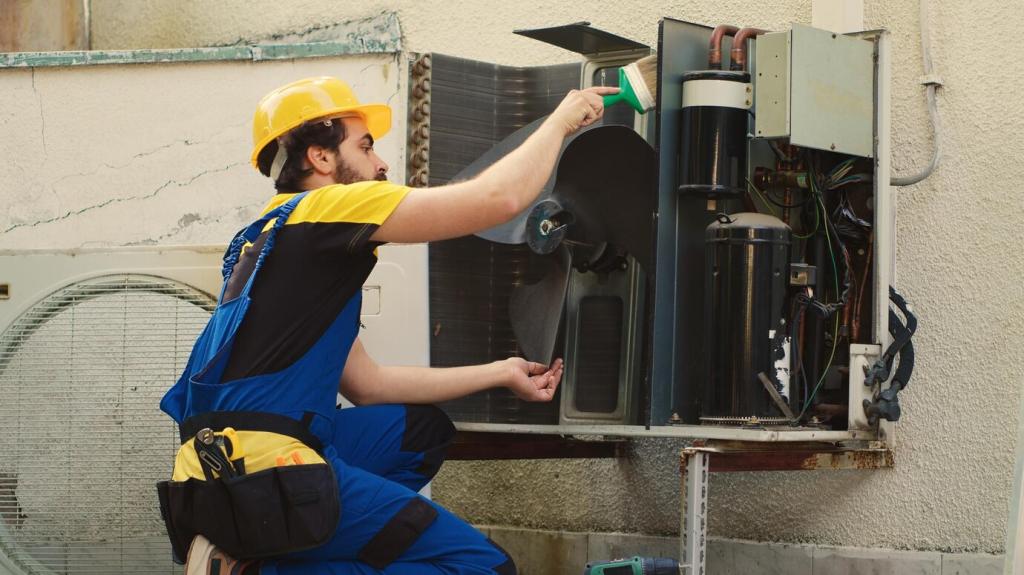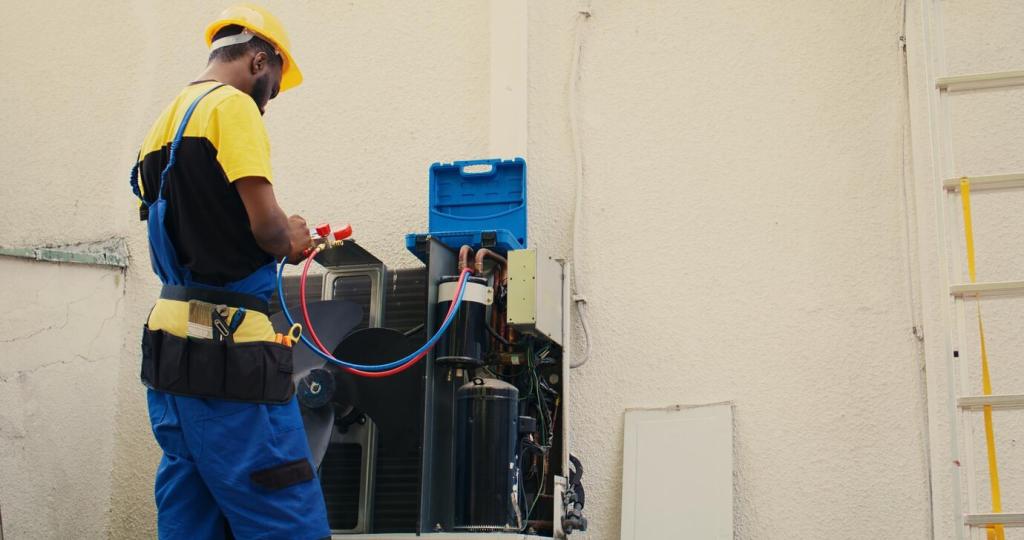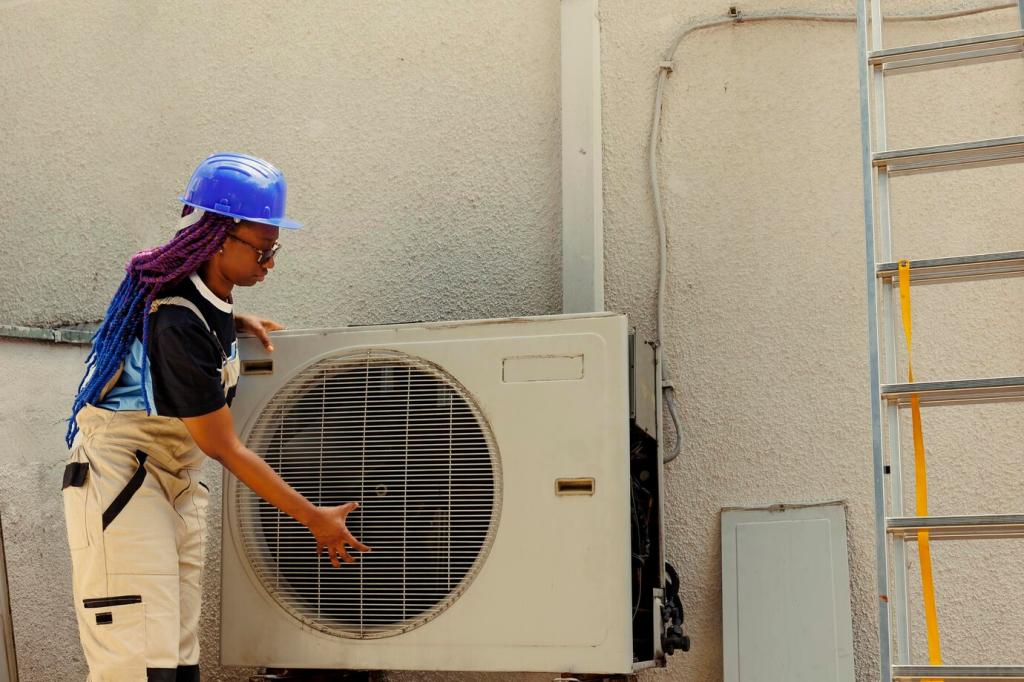Why Mold Thrives in the Tropics
Tropical air often hovers above 70% humidity, meaning moisture clings to surfaces overnight as temperatures dip toward the dew point. That thin, unseen film becomes a perfect landing pad for mold spores.
Why Mold Thrives in the Tropics
Mildew typically looks powdery or fluffy and gray-white, often on bathrooms and fabrics, while mold can appear darker, fuzzy, or slimy. Knowing the difference guides cleaning methods and prevents unnecessary damage.
Why Mold Thrives in the Tropics
After a week of monsoon squalls, a reader noticed a sweet, earthy smell on her bamboo shelf. A flashlight revealed dots blooming along the underside—proof that gentle vigilance beats surprise every time.
Why Mold Thrives in the Tropics
Lorem ipsum dolor sit amet, consectetur adipiscing elit. Ut elit tellus, luctus nec ullamcorper mattis, pulvinar dapibus leo.







